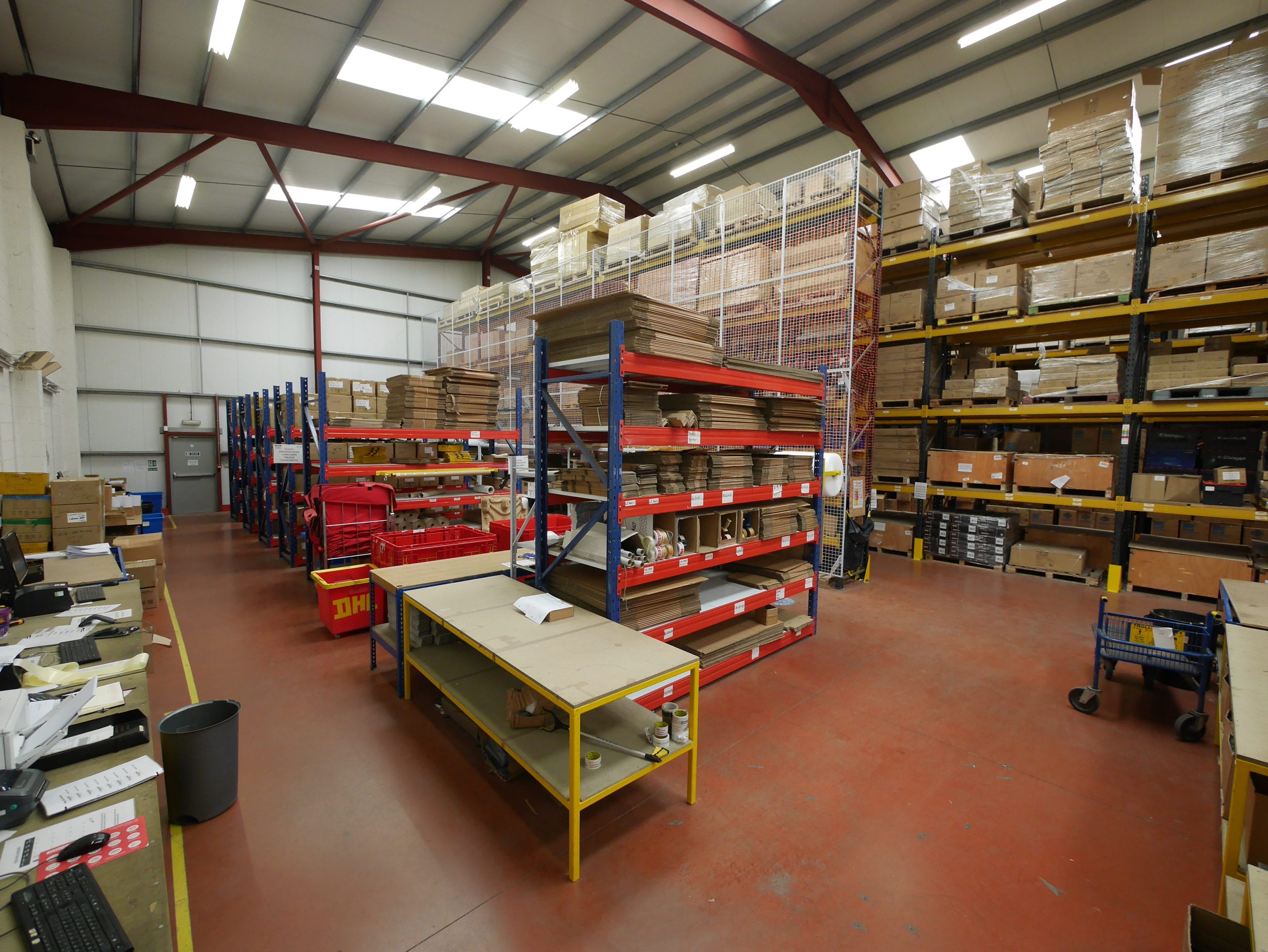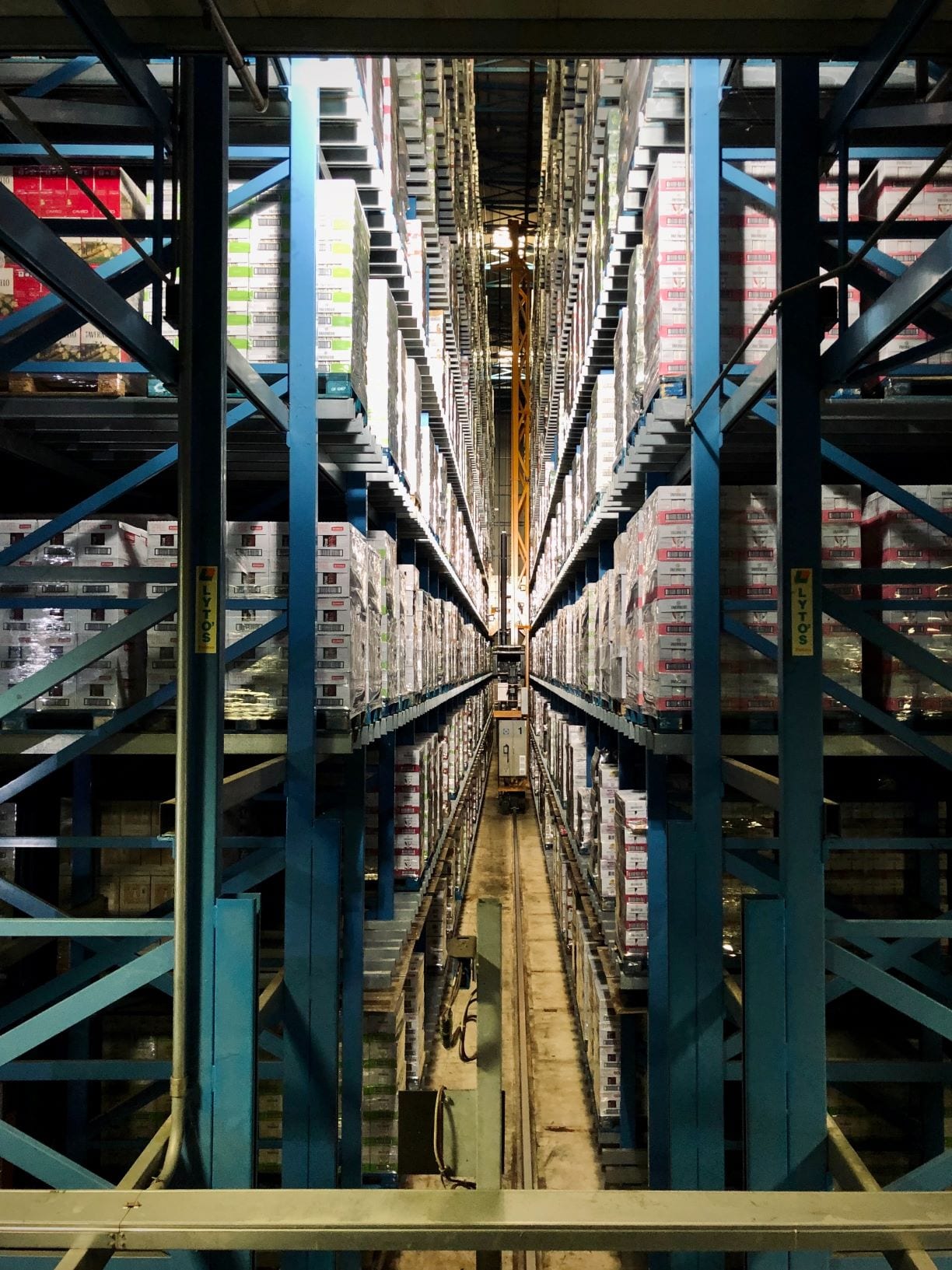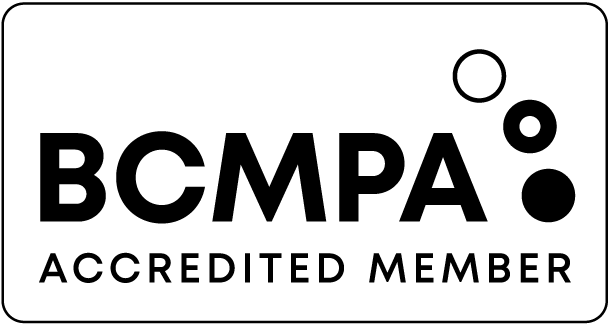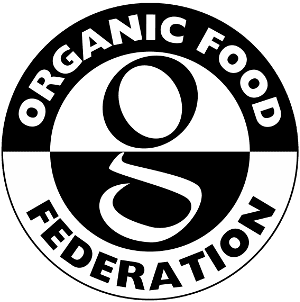
In 2021, it’s impossible to ignore the effects of climate change and the unsustainable usage of the earth’s natural resources, which are not infinite. These factors and many others have driven businesses to include corporate sustainability factors into their business ethos and the heart of their processes.
3PL is no stranger to this, mainly as they play a large role in the global supply chain, which has moved towards a global pursuit of sustainability in recent years.
This can be defined in a few ways; however, the easiest way is to focus on reducing the use of these precious natural resources. Other goals include carbon neutrality, using alternative energy sources, and implementing circular supply chain strategies.
Of course, there are many more to tackle on a larger scale, but what are some that 3PL can focus on to improve its relationship with the environment? Let’s discuss below:
There’s no doubt 3PL’s require a large amount of transportation, which is a great area to tackle first. Providing sustainable transportation options can immediately make a supply chain much more eco-friendly. Additionally, by using technology to oversee the whole chain, 3PL’s can utilise their vast insight and years of experience to reduce the number of excess journeys carried out. They can also decide to use more sea freight, which is more environmentally friendly and overal reduce their shipping impact.
3PL’s can employ technologies to optimise inventory storage at various locations and opt for co-loading across products and clients. No space should be wasted. Besides these benefits to the environment, 3PL’s can save costs for the end client, a fantastic knock-on effect for all concerned. Other factors can include optimising the fuel efficiency in the vehicles used, particularly the introduction of electric transportation and regular servicing. This also helps reduce the carbon footprint of any 3PL, a significant factor contributing to global warming.
3PL’s use an extraordinary amount of energy in their warehouses. As they are large buildings with constantly running equipment, lights, offices and IT technology. This can also significantly contribute to the Carbon Emissions for a 3PL and feature high on the operational costs list.
To both tackle their energy usage and drive costs down, 3PL’s can use renewable energy sources on-site to directly power their electricals. Not only that, they can use clever floor design to reduce wasted space and have smarter storage locations, i.e. reducing the distance required to pick up popular items. Just these simple changes can have a fantastic impact on energy efficiency.
Have you ever ordered a small item and received it in a huge box? This was previously common, where ease and convenience were promoted over what was best for the environment. Today, companies and 3PL’s can turn their focus away from just safe or quick delivery. They can now turn their attention to using eco-friendly packaging, too.
And as a bonus, opting for packaging made from recycled material offers another layer to going green.
This is doubly important for businesses and 3PL’s in 2021, as they are now charged for wastage removal. So the less waste created from packaging, the more cost-efficient a 3PL can make their services.
With the rise of ecommerce continuing after the pandemic, it’s crucial for companies to work with their 3PL to keep up with the continually changing environmental regulations and do their part to keep their impact on the planet as low as possible. This isn’t just about the environment, although that is reason enough, it’s just strong business sense. Making more energy-efficient and sustainable decisions will lower business costs and allow them to work with other eco-conscious businesses.







We integrate with a number of different systems.
Get in touch to find out how we can help.